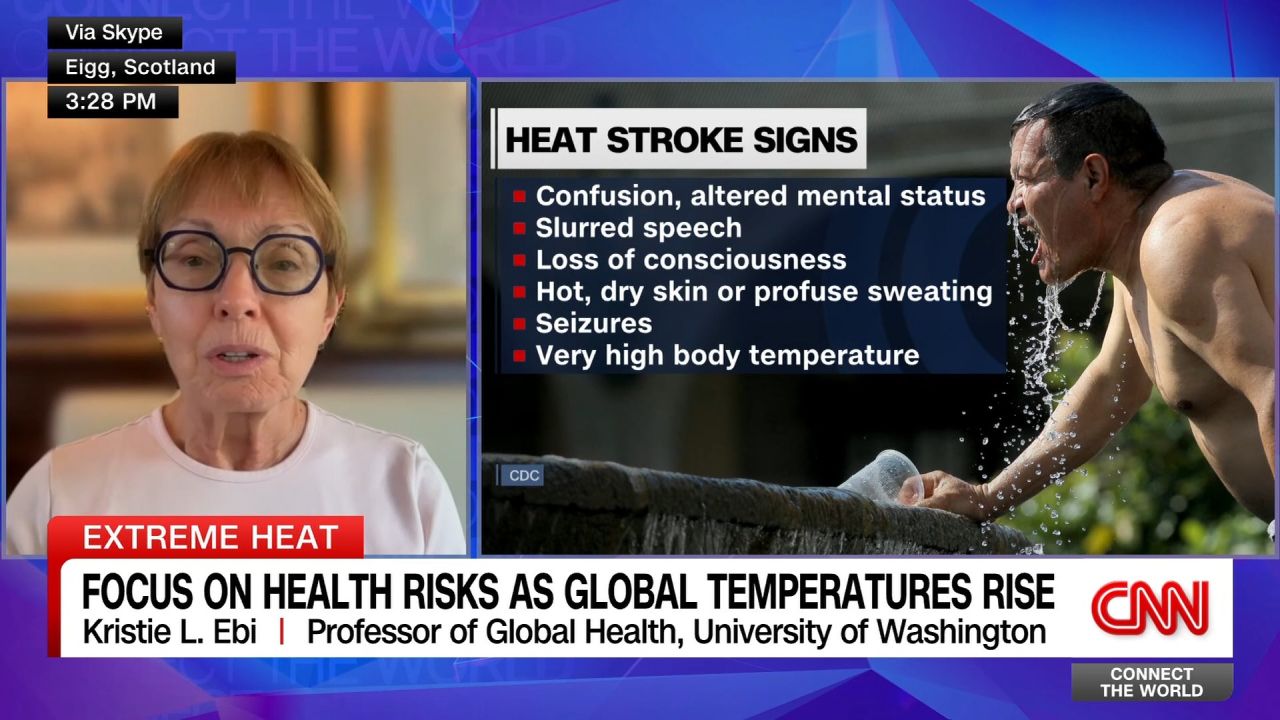Some Texas communities saw nearly three times their June average for rainfall over 48 hours from Tropical Storm Alberto this week, according to the National Weather Service office in Corpus Christi.
The Gulf Coast-area city of Rockport, Texas, received 9.97 inches of rain from the storm, and its June average is 3.66 inches, according to the office. Alice, Texas, situated west of Corpus Christi, received 6.57 inches of rain – nearly triple its June average of 2.32 inches.
Some other notable rainfall totals in Texas, according to the weather service in Corpus Christi:
• Fulton: 8.30 inches
• Woodsboro: 7.46 inches
• Sinton: 7.00 inches
• Kingsville: 5.37 inches
• Corpus Christi: 5.09 inches
South Texas will continue to see scattered thunderstorms Friday, but rainfall totals from now through Friday evening should be below 1 inch, according to the weather service. The area still faces a flooding threat Friday because of heavy rain from the past two days.
Coastal flood alerts are in effect through coastal Texas, Louisiana, and Mississippi because of high water levels along the coastlines from strong winds.
“With a continued long period swell overnight into Friday morning as well as slightly higher predicted tides, water levels above normal conditions should once again range from 2.5 to 2.75 feet,” the weather service office for Brownsville and the Rio Grande Valley said Thursday.








































